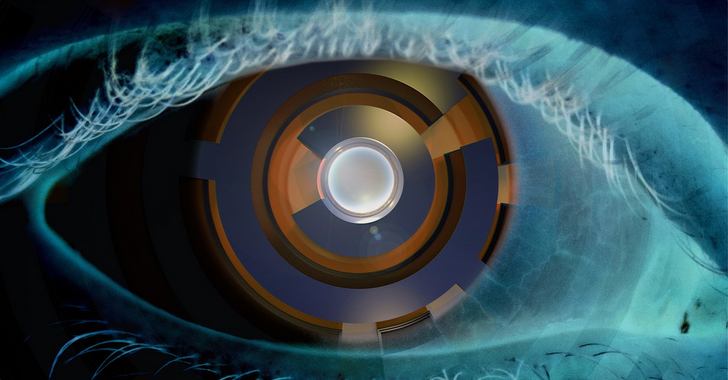Global search engine, Google is celebrating and observing the 108th birthday of Otto Wichterle, today 27 October. He was a renowned Czech chemist who is credited for inventing the modern soft contact lens. Through his invention, he has changed the lives of millions of people around the world.
Making the day even more special, Google is celebrating it with a Doodle wherein Wichterle can be seen holding a single piece of contact lens upon his fingertips. As he does so, the light is reflected from the Google logo in the background that represents eyesight.
“Happy birthday, Otto Wichterle—thanks for helping the world see eye to eye!” Google wrote.
Born on 27 October, 1913 in Prostĕjov, the Czech Republic (then, Austria-Hungary), Wichterle was a lover of science from his childhood days. Because of his interest and passion for the subject, Wichterle earned his doctorate in organic chemistry from the Prague Institute of Chemical Technology (ICT) in the year 1936.
During the 1950s, Wichterle taught as a professor at his alma mater and side by side, he developed an absorbent and transparent gel for eye implants.
Investment of 800 million dollars was in the agenda of Greek PM’s visit to Riyadh
Later on, in 1961, Wichterle successfully formed the first soft contact lenses. Surprisingly, he produced the contact lenses with a Do It Yourself (DIY) apparatus that was made of a child’s erector set, a phonograph motor, a bicycle light battery, and homemade glass tubing and molds.
Due to his lifelong research, Wichterle was chosen as the first President of the Academy of the Czech Republic after the country’s establishment in 1993.
As Wichterle is well-known for his invention of contact lenses, his hard work and innovation also paved the way and foundation for state-of-the-art medical technologies such as “smart” biomaterials. These biomaterials are used to restore bio-recognizable polymers and human connective tissues that have led to inspiring a new standard for drug administration around the globe.
Source: First Post




































